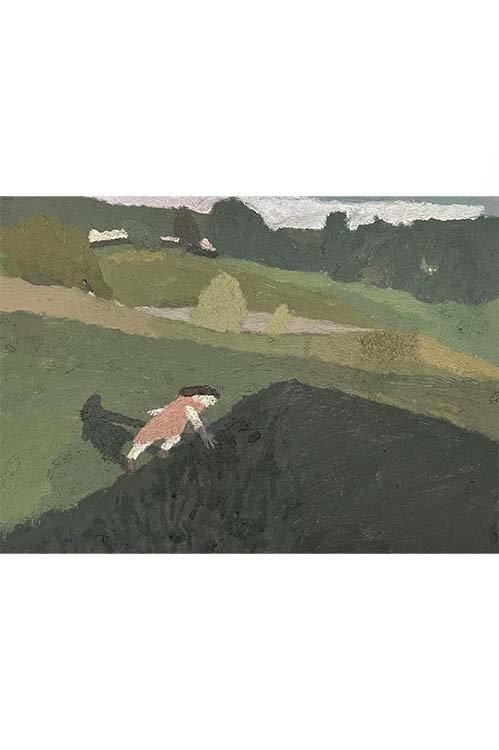 Image 1 of 7
Image 1 of 7

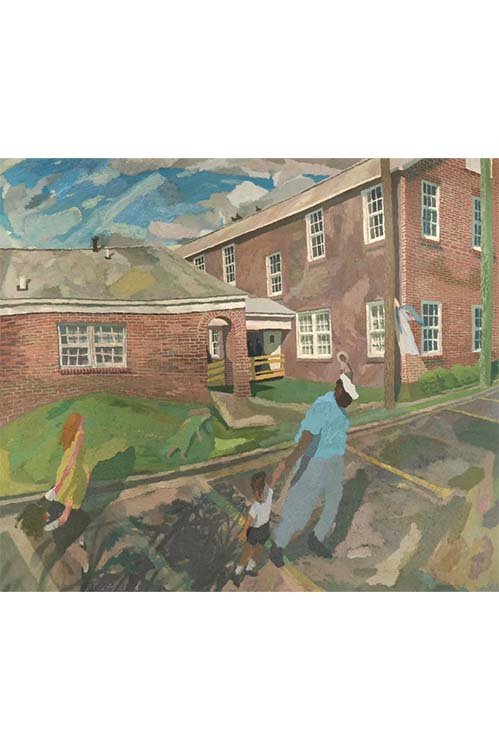 Image 2 of 7
Image 2 of 7

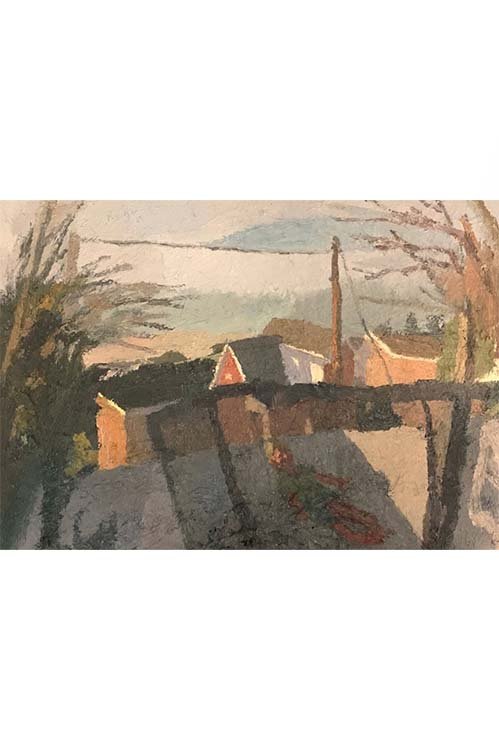 Image 3 of 7
Image 3 of 7

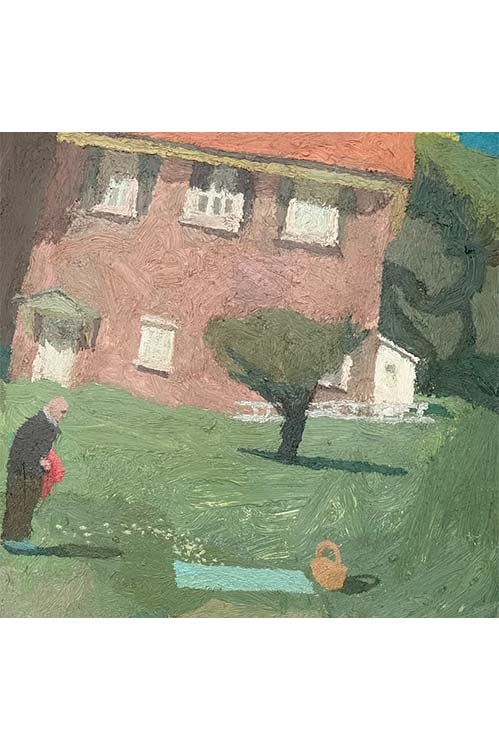 Image 4 of 7
Image 4 of 7

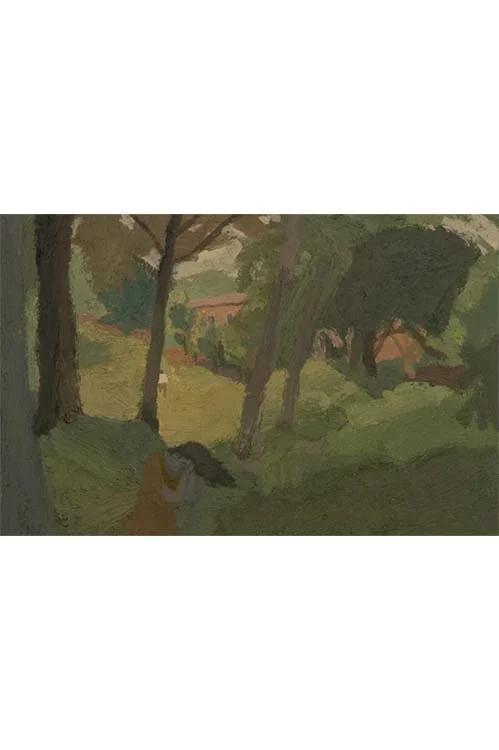 Image 5 of 7
Image 5 of 7

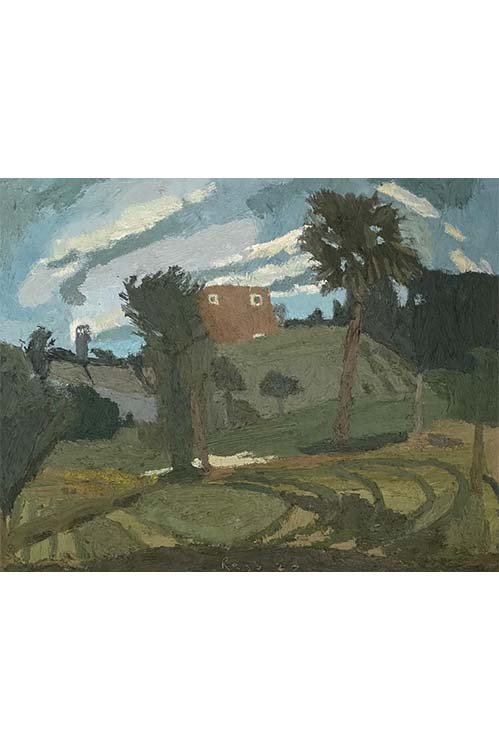 Image 6 of 7
Image 6 of 7

 Image 7 of 7
Image 7 of 7








Considering The Masters: Cezanne (Online Course) Summer 2025 w/ Brian Rego
July 8 to August 12 (Tuesdays), 1:00 PM to 3:30 PM, Eastern Time
**All sessions are live and will be recorded, students do not have to be present. All recordings will be available to students for 3 months after the final session, after 3 months the recording will be deleted.
Please check your email spam/junk folder for your Zoom invite.
DEMO: https://youtu.be/ZCZF95QFsBQ
Course Description
Visual language is a unique and compelling method of communication that employs abstract elements to express the range of human existence.
Analyzing works made by master painters and studying their processes provides us with knowledge of their systems and principles of painting that can inform our own. This class will address Cezanne’s multiple processes of developing form and space, his relationship to the picture plane and pictorial form, and his sensibilities.
We will analyze Cezanne’s paintings to learn from him and see if his ideas may enlighten our own; we are not seeking to emulate or mimic his style. The final class project will require each student to make a painting that reflects their own body of work demonstrating their findings from the works of Cezanne. This class is designed for intermediate and advanced painters only.
Course Outline
Week 1 - Cezanne’s Motifs
We will cover Cezanne’s relationship to nature and his philosophical position towards painting. We will identify four systems of perspective and observe how Cezanne applies each system in his work.
The first assignment will be given.
Week 2 - The Picture Plane:
We will discuss the properties and significance of the picture plane, the picture box, plasticity, balance and equilibrium, positive and negative space, positive
and negative shapes, and how Cezanne applies them to make pictorial form.
The second assignment will be given.
Week 3 - Pictorial Form Part I:
We will discuss the properties and significance of planes and volumes, and observe how Cezanne applies them to engage and activate pictorial form in his paintings.
The third assignment will be given.
Week 4 - Pictorial Form Part II:
We will discuss the properties and significance of axes, movement and rhythm, tension and pattern, and observe how Cezanne applies them to engage and activate pictorial form in his paintings.
The fourth assignment will be given.
Week 5 - Pictorial Design:
We will briefly survey Euclid’s geometric principles, their influence on observation, picture-making, and pictorial design, and consider how they contributed to Cezanne’s distortions in his drawing.
The final assignment will be given.
Week 6 - Critique Final Assignment:
This will be a group critique of the final assignment.
Course Materials
Oil Paint: Enough to provide a variation of warm and cool primary hues and a white. You can use an established palette if you have one.
This is a non-mandatory list of pigments that approximate my palette:
Lead, Flake, Cremnitz, or Titanium white
Bismuth Yellow
Naples Yellow
Cadmium Yellow Medium or Deep
Transparent Yellow Iron Oxide
Cadmium Red Light
Rose Madder or Sinopia
Cobalt or Ultramarine Blue
Cerulean Blue or Prussian Blue
Brushes: Whatever you have established for your practice is fine, just be sure that your brushes approximate an appropriate range for the scale of your painting surfaces. I like to use a variety of rounds.
Medium/Solvent: A solvent or brush soap for cleaning brushes; a solvent for application if you use one (Gamsol, Turpenoid, or spike of lavender). A medium such as Venetian Medium,
DeMayerne Medium, Galkyd, or whatever you like to use.
Surface: Acrylic or oil-primed, unstretched canvas or linen (to be cut to size and clamped on a board for studies and assignments), or anything you are comfortable using that can be easily modified for various sizes.
Easel: Any easel light but sturdy enough, allowing you to set up and paint from life.
Drawing Tools: Pencil, eraser, pen and ink (if you prefer), and a sketchbook.
Misc:
Painting Rags/Paper Towels
24 x 36 or 18 x 24 drawing board
Large bulldog clips or push pins to fasten loose canvas to a board.
Painters Tape
Palette Knife
Medium cup/bottle/jar
Solvent cup/bottle/jar
Palette (wooden or glass) that is large enough to accommodate a variety of pigments and to provide a reasonably large mixing area.
July 8 to August 12 (Tuesdays), 1:00 PM to 3:30 PM, Eastern Time
**All sessions are live and will be recorded, students do not have to be present. All recordings will be available to students for 3 months after the final session, after 3 months the recording will be deleted.
Please check your email spam/junk folder for your Zoom invite.
DEMO: https://youtu.be/ZCZF95QFsBQ
Course Description
Visual language is a unique and compelling method of communication that employs abstract elements to express the range of human existence.
Analyzing works made by master painters and studying their processes provides us with knowledge of their systems and principles of painting that can inform our own. This class will address Cezanne’s multiple processes of developing form and space, his relationship to the picture plane and pictorial form, and his sensibilities.
We will analyze Cezanne’s paintings to learn from him and see if his ideas may enlighten our own; we are not seeking to emulate or mimic his style. The final class project will require each student to make a painting that reflects their own body of work demonstrating their findings from the works of Cezanne. This class is designed for intermediate and advanced painters only.
Course Outline
Week 1 - Cezanne’s Motifs
We will cover Cezanne’s relationship to nature and his philosophical position towards painting. We will identify four systems of perspective and observe how Cezanne applies each system in his work.
The first assignment will be given.
Week 2 - The Picture Plane:
We will discuss the properties and significance of the picture plane, the picture box, plasticity, balance and equilibrium, positive and negative space, positive
and negative shapes, and how Cezanne applies them to make pictorial form.
The second assignment will be given.
Week 3 - Pictorial Form Part I:
We will discuss the properties and significance of planes and volumes, and observe how Cezanne applies them to engage and activate pictorial form in his paintings.
The third assignment will be given.
Week 4 - Pictorial Form Part II:
We will discuss the properties and significance of axes, movement and rhythm, tension and pattern, and observe how Cezanne applies them to engage and activate pictorial form in his paintings.
The fourth assignment will be given.
Week 5 - Pictorial Design:
We will briefly survey Euclid’s geometric principles, their influence on observation, picture-making, and pictorial design, and consider how they contributed to Cezanne’s distortions in his drawing.
The final assignment will be given.
Week 6 - Critique Final Assignment:
This will be a group critique of the final assignment.
Course Materials
Oil Paint: Enough to provide a variation of warm and cool primary hues and a white. You can use an established palette if you have one.
This is a non-mandatory list of pigments that approximate my palette:
Lead, Flake, Cremnitz, or Titanium white
Bismuth Yellow
Naples Yellow
Cadmium Yellow Medium or Deep
Transparent Yellow Iron Oxide
Cadmium Red Light
Rose Madder or Sinopia
Cobalt or Ultramarine Blue
Cerulean Blue or Prussian Blue
Brushes: Whatever you have established for your practice is fine, just be sure that your brushes approximate an appropriate range for the scale of your painting surfaces. I like to use a variety of rounds.
Medium/Solvent: A solvent or brush soap for cleaning brushes; a solvent for application if you use one (Gamsol, Turpenoid, or spike of lavender). A medium such as Venetian Medium,
DeMayerne Medium, Galkyd, or whatever you like to use.
Surface: Acrylic or oil-primed, unstretched canvas or linen (to be cut to size and clamped on a board for studies and assignments), or anything you are comfortable using that can be easily modified for various sizes.
Easel: Any easel light but sturdy enough, allowing you to set up and paint from life.
Drawing Tools: Pencil, eraser, pen and ink (if you prefer), and a sketchbook.
Misc:
Painting Rags/Paper Towels
24 x 36 or 18 x 24 drawing board
Large bulldog clips or push pins to fasten loose canvas to a board.
Painters Tape
Palette Knife
Medium cup/bottle/jar
Solvent cup/bottle/jar
Palette (wooden or glass) that is large enough to accommodate a variety of pigments and to provide a reasonably large mixing area.
July 8 to August 12 (Tuesdays), 1:00 PM to 3:30 PM, Eastern Time
**All sessions are live and will be recorded, students do not have to be present. All recordings will be available to students for 3 months after the final session, after 3 months the recording will be deleted.
Please check your email spam/junk folder for your Zoom invite.
DEMO: https://youtu.be/ZCZF95QFsBQ
Course Description
Visual language is a unique and compelling method of communication that employs abstract elements to express the range of human existence.
Analyzing works made by master painters and studying their processes provides us with knowledge of their systems and principles of painting that can inform our own. This class will address Cezanne’s multiple processes of developing form and space, his relationship to the picture plane and pictorial form, and his sensibilities.
We will analyze Cezanne’s paintings to learn from him and see if his ideas may enlighten our own; we are not seeking to emulate or mimic his style. The final class project will require each student to make a painting that reflects their own body of work demonstrating their findings from the works of Cezanne. This class is designed for intermediate and advanced painters only.
Course Outline
Week 1 - Cezanne’s Motifs
We will cover Cezanne’s relationship to nature and his philosophical position towards painting. We will identify four systems of perspective and observe how Cezanne applies each system in his work.
The first assignment will be given.
Week 2 - The Picture Plane:
We will discuss the properties and significance of the picture plane, the picture box, plasticity, balance and equilibrium, positive and negative space, positive
and negative shapes, and how Cezanne applies them to make pictorial form.
The second assignment will be given.
Week 3 - Pictorial Form Part I:
We will discuss the properties and significance of planes and volumes, and observe how Cezanne applies them to engage and activate pictorial form in his paintings.
The third assignment will be given.
Week 4 - Pictorial Form Part II:
We will discuss the properties and significance of axes, movement and rhythm, tension and pattern, and observe how Cezanne applies them to engage and activate pictorial form in his paintings.
The fourth assignment will be given.
Week 5 - Pictorial Design:
We will briefly survey Euclid’s geometric principles, their influence on observation, picture-making, and pictorial design, and consider how they contributed to Cezanne’s distortions in his drawing.
The final assignment will be given.
Week 6 - Critique Final Assignment:
This will be a group critique of the final assignment.
Course Materials
Oil Paint: Enough to provide a variation of warm and cool primary hues and a white. You can use an established palette if you have one.
This is a non-mandatory list of pigments that approximate my palette:
Lead, Flake, Cremnitz, or Titanium white
Bismuth Yellow
Naples Yellow
Cadmium Yellow Medium or Deep
Transparent Yellow Iron Oxide
Cadmium Red Light
Rose Madder or Sinopia
Cobalt or Ultramarine Blue
Cerulean Blue or Prussian Blue
Brushes: Whatever you have established for your practice is fine, just be sure that your brushes approximate an appropriate range for the scale of your painting surfaces. I like to use a variety of rounds.
Medium/Solvent: A solvent or brush soap for cleaning brushes; a solvent for application if you use one (Gamsol, Turpenoid, or spike of lavender). A medium such as Venetian Medium,
DeMayerne Medium, Galkyd, or whatever you like to use.
Surface: Acrylic or oil-primed, unstretched canvas or linen (to be cut to size and clamped on a board for studies and assignments), or anything you are comfortable using that can be easily modified for various sizes.
Easel: Any easel light but sturdy enough, allowing you to set up and paint from life.
Drawing Tools: Pencil, eraser, pen and ink (if you prefer), and a sketchbook.
Misc:
Painting Rags/Paper Towels
24 x 36 or 18 x 24 drawing board
Large bulldog clips or push pins to fasten loose canvas to a board.
Painters Tape
Palette Knife
Medium cup/bottle/jar
Solvent cup/bottle/jar
Palette (wooden or glass) that is large enough to accommodate a variety of pigments and to provide a reasonably large mixing area.
